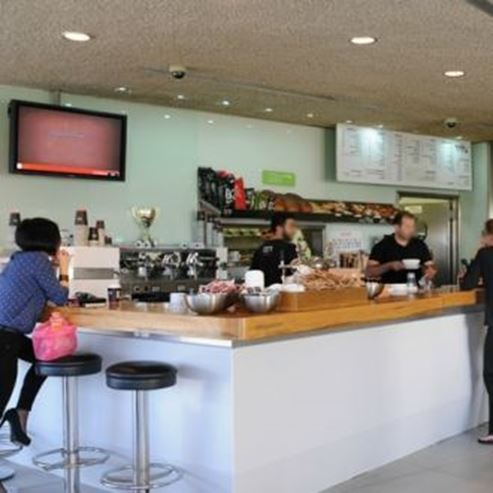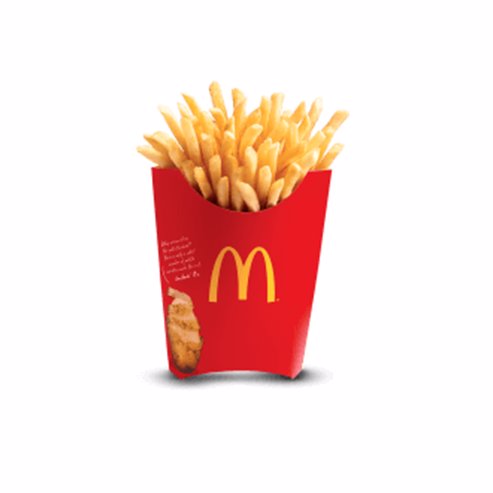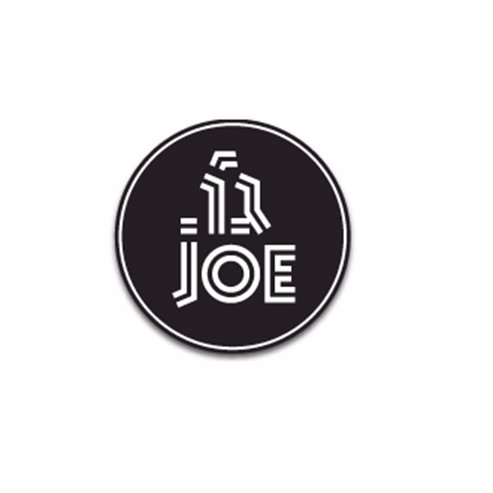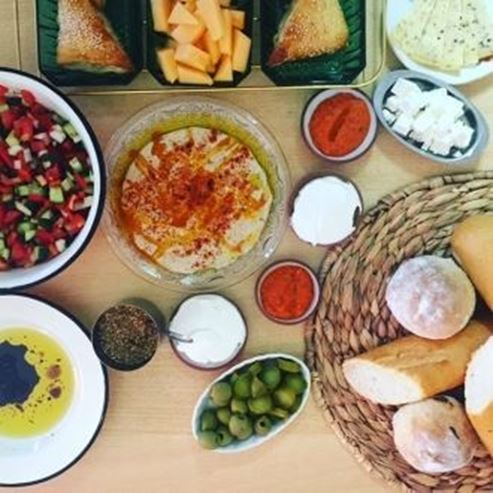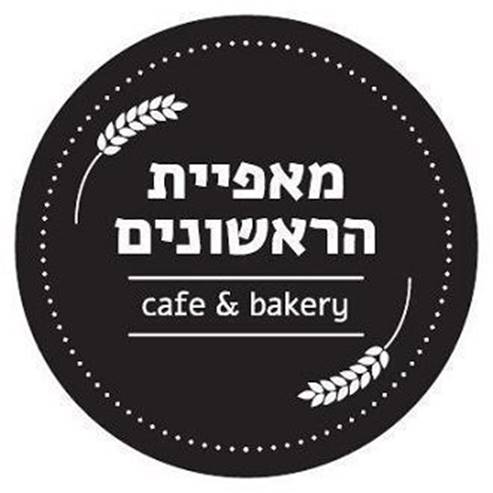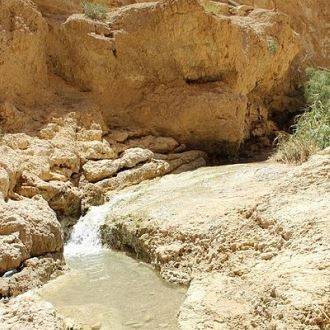Spring Water For The Ein Bokek Oasis
A circular tour, including a steep climb and climb down the ladder
Ein Bokek offers a stream of fresh water, abundance of vegetation, and ruins from the Hasmonean and the Roman periods. During the past several years, the water of this small but important oasis has been salinized, causing damage to the local flora and fauna. The Israel Nature and Parks Authority undertook a complex course of action that will resupply the stream with fresh water of high quality.
Main points of interest:
The stream flows along a canyon in the Judaean Desert
Asphalt wells
Remains of a Hasmonean farm alongside a Byzantine one
Scenic lookouts
A beautiful view of the Dead Sea from the Bokek fortress
What Israel Nature and Parks Authority does to better serve the visitors and to preserve the site
The Authority replaced the saline water that was flowing into the stream from industrial sources, with water of good quality, for the benefit of local wildlife. It is monitoring the stream vegetation, and it has also marked the trail and installed climbing stakes on steep sections, for the benefit of the visitors and for their safety.
Getting there
Nahal Bokek crosses the Dead Sea Highway (90) next to the 212-km mark. It is a good idea to park next to one of the hotels in Ein Bokek, and cross the road to its west side safely by walking the streambed under the highway.
Background
At the Haatakim cliff, Nahal Bokek creates a huge waterfall, as well as a deep and impressive canyon. Within the canyon the stream creates a beautiful green oasis. The oasis is home to a large number of animals and plants attracted by the fresh water vital to their survival; these also include large birds and mammals from the surrounding desert that come to water here.
Archaeological remains discovered at the oasis show the site having been inhabited since the Hasmonean period (1st century BC), until the Early Islamic Period (7th century AD). During the reign of Herod, expensive fragrant and medicinal herbs were cultivated here.
During the past few decades the aquifer supplying the water to the spring was filled with industrial sewage, salinizing the spring water to great extent – with water salinity increasing as much as 6-fold compared to its normal level
The salinization has been detrimental to the flora in the oasis, greatly reducing the number of its species, and with plants such as the Southern-maidenhair fern typical to fresh-water habitats, disappearing entirely. The desert plants that once characterized the reserve were taken over by invading species such as the ficus. The process has been no less detrimental to the living creatures in the oasis – with species such as the melanopsis praemorsa, a snail that once thrived here, having been completely exterminated; larger animals that used to come here to water have also been keeping their distance.
The stream is in proximity to Ein Bokek hotels, and the access to it is easy. The area sees as many as 150,000 visitors a year or more, many of which visit the site, putting great stress on its ecological system.
Israel Chemicals Ltd cooperated with the Israel Nature and Parks Authority in the installation of a pipe diverting the saline water from the stream towards the Dead Sea. In the near future Mekorot water company will begin supplying desalinated water of good quality to the site, which will flow down from the top of the stream.
The trail route
The short route:
From the parking lot of the Ein Bokek hotels a trail marked black passes underneath highway 90. Those looking for a short hike should follow the black markings up the stream, enjoying the water and the rich vegetation – such as the common reed and the tamarisk trees. After a few hundreds of meters we see a small waterfall emanating from the rock. This is the end of the short tour.
The long tour:
Those who love hiking can extend the tour by another enjoyable but challenging hour, including climbing down a steep slope.
West of highway 90 a trail marked in red ascends to Ein Noit (the “Roman Spring”), adjacent to the Bokek fortress. These days the spring is not producing water above the ground, but the vegetation that grows here is evidence of water being close to the surface. Ein Noit is a fault spring, with its water emanating from the depth of the Earth, and containing radioactive materials. Apparently in antiquity this water was thought to have medicinal value, and it was diverted to a bath built next to the spring. Today the remains of the bath are barely visible, and only the fortress kept some of its tall walls.
At the springhead, located where currently the hotel is standing, remains of a town from the Hasmonean period were discovered. During the reign of Herod Ein Bokek was a production center of medicines and cosmetics. The center was surrounded by agricultural terraces spreading over 0.35 km², and aqueducts drove water from Ein Bokek and Ein Noit towards two rectangular pools.
During the Byzantine period (4th century AD) the government erected at the foot of Ein Noit another fortress in the limes-Palestinae chain, intended to protect the Southern border of the country. The Bokek fortress had an important role within this system – to block the way to Ein Gedi, and to secure the road that went up Mount Hebron via Ma’ale Bokek.
The red-marked trail leaves the fortress and meets the one marked in black. Take the black one as it turns to the left, leading you down the steep slope to Nahal Bokek. Use the stakes installed in the rock when climbing down. The trail reaches the stream at the small waterfall in the rock. As you get close to the Dead Sea Highway, on the northern cliff, pay attention to the rocks colored pitch-black. These are the asphalt rocks of the Ein-Bokek formation, containing bitumen from vegetative organic sources. For proof, try rubbing two such rocks against each other and smell them.
We now again cross underneath highway 90, going back to the Ein Bokek hotel parking lot.
- Type
- Hiking
- Region
- Dead Sea
- Length
- 3 Km
- Duration
- 2 Hours
- Recommended season
- Spring, Autumn, Winter
- Starting point
- Nahal Bokek, Ein Bokek (map)
- Ending point
- Ein Noit, Ein Bokek (map)
- Special equipment
- Shoes, Hat, Water
- Precautions
- Do not stray from the marked path, do not go into the river during rain, be careful on the steep path
- Parking
- Parking
- Circular
- Circular
- Suitable for children
- Suitable for children
- Picnic suitable
- Picnic suitable
- Phone
- +972-8-6584207/8
- Fax
- +972-8-6584464
Similar trails
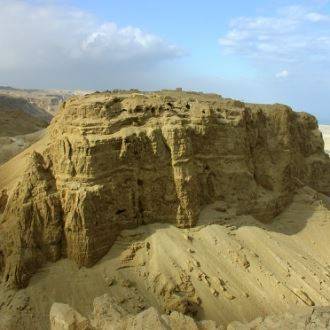
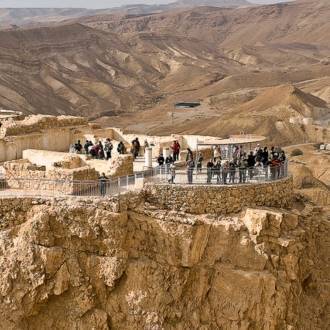
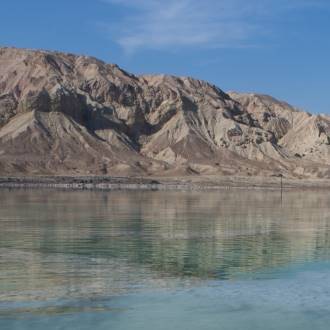
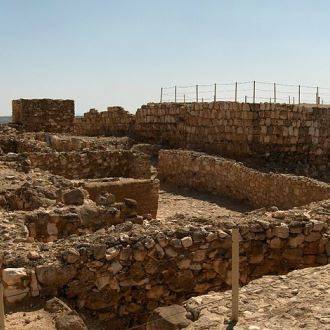
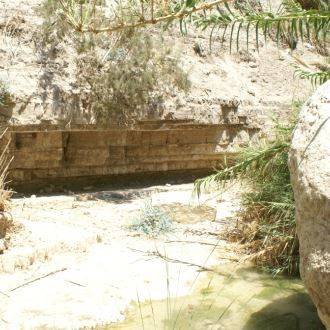
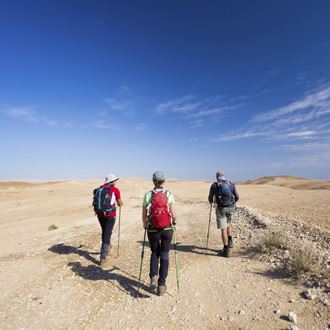
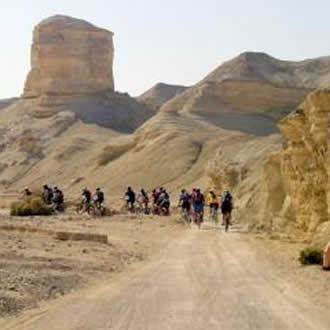
Nearby attractions
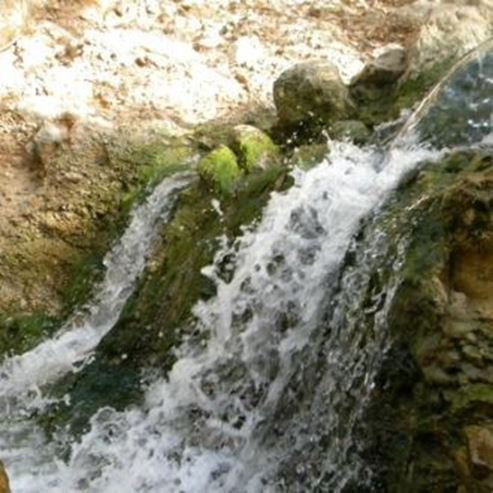
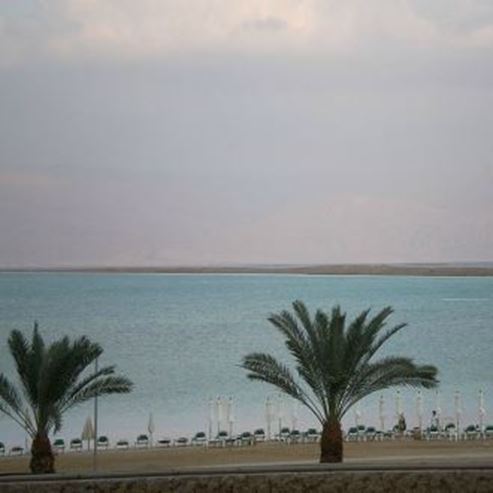
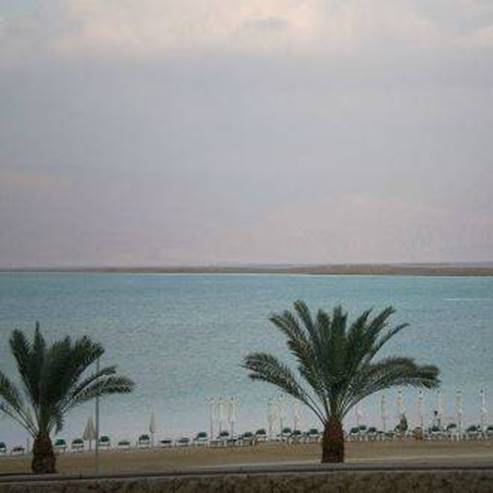
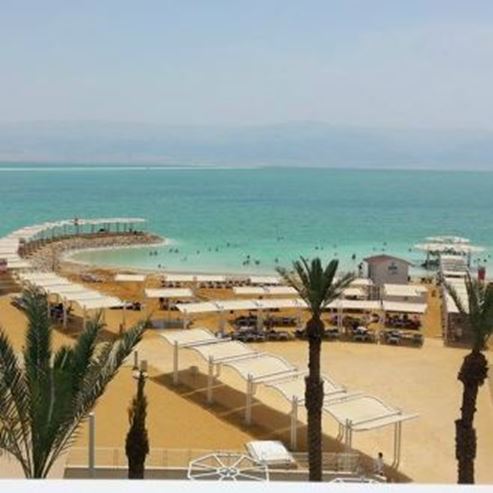
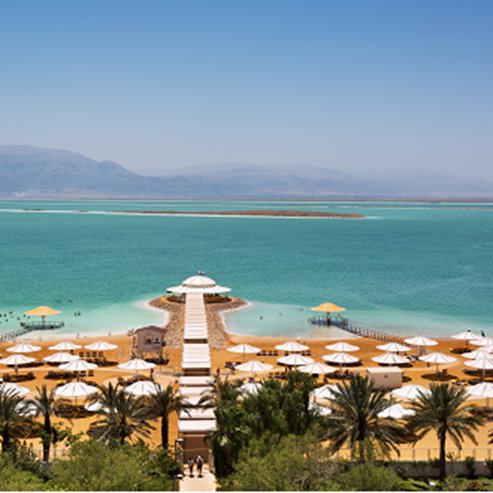
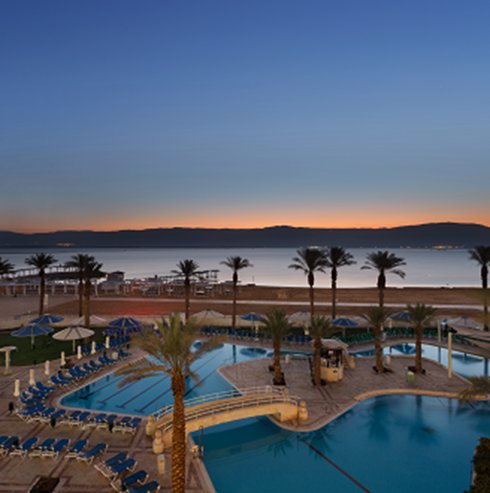
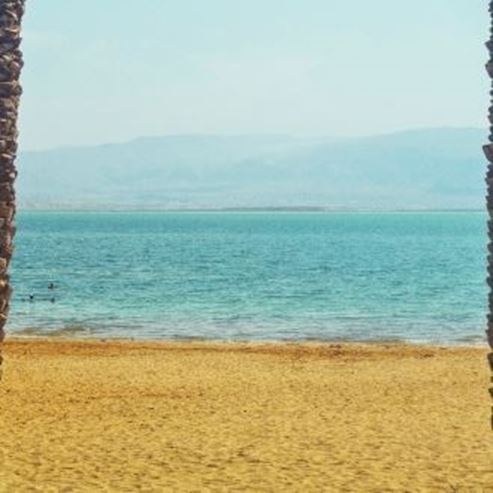
Nearby restaurants
